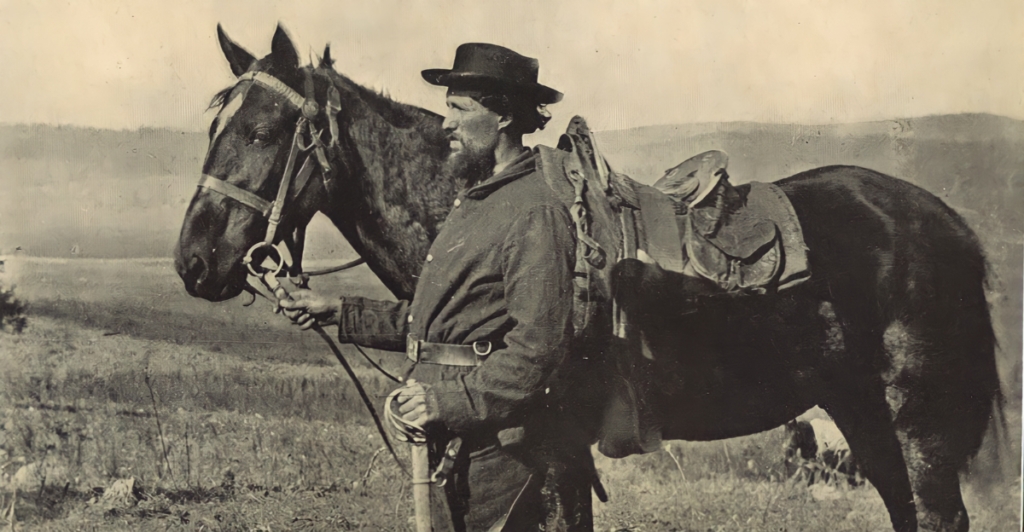
For thousands of years, we have used animals to accommodate our lifestyles, contributing to our advancement, even in times of war. During the American Civil War (1861–1865), animals played pivotal roles that were often overlooked. Serving in various capacities, from transportation to companionship, animals significantly impacted conditions and often the success of war. These are some of the remarkable animals and unsung heroes of the Civil War.
The Role of Animals in War
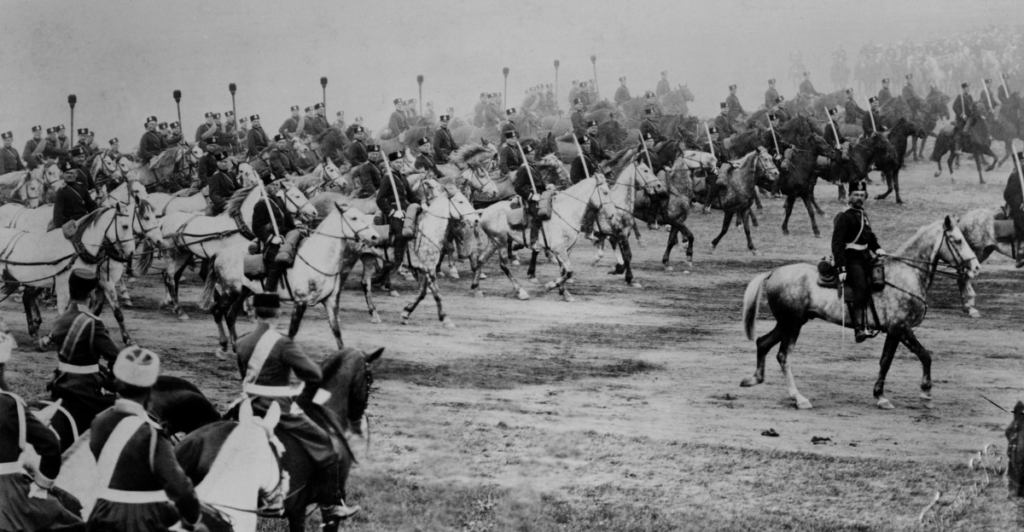
In times of war, we used animals, such as horses, elephants, camels, livestock, dogs and cats, and birds as sources of transport, rodent control, messengers, food, and companionship. For example, in ancient times, elephants were used to intimidate opposing forces and as a sort of war tank in battle. More recently, dogs were trained to deliver telephone lines between the trenches in World War I.
1. Cattle
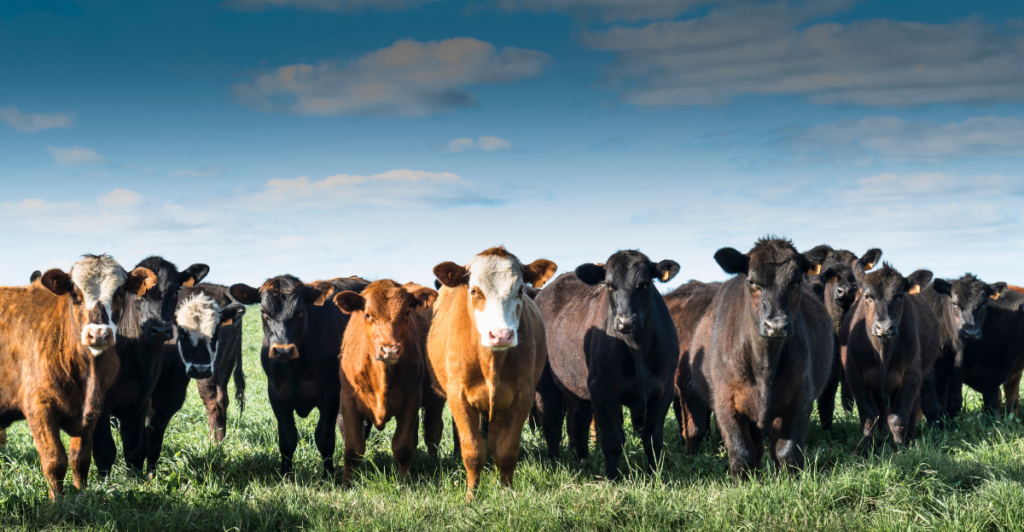
Cattle were used to help sustain large armies. Herds were driven towards camps over extremely long distances for their meat. Troops and wagons could be seen following massive herds of “beef on the hoof.” Additionally, cattle inspired strategic plans for battle through controlling techniques used when driving them from location to location.
2. Pigeons
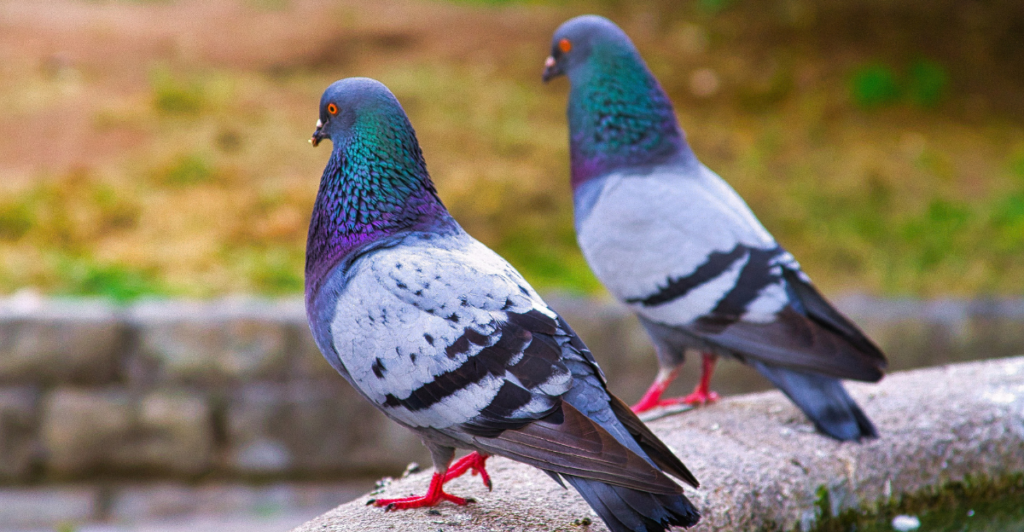
As in many wars before it, the Civil War era used carrier pigeons as a tool of communication. Pigeons have unique homing abilities, which made them known to be fast and reliable, so they were trained to deliver messages, making them important in saving lives as they conveyed urgent messages across enemy lines.
3. Cavalry Horses
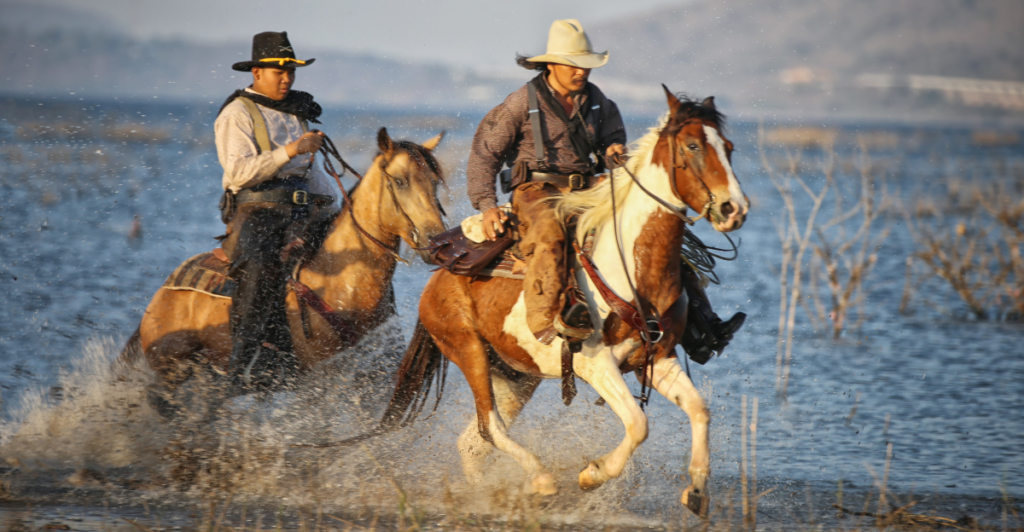
Cavalry horses were essential to military operations, serving as mounts for soldiers and playing crucial roles in combat on both sides. Hundreds of thousands of horses were involved in the war, carrying soldiers into battle, pulling cannons, and being key to achieving communication across battlefields. As an important part of the civil war, soldiers were also known to form strong bonds with their horses – openly grieving them if they died.
4. Mules
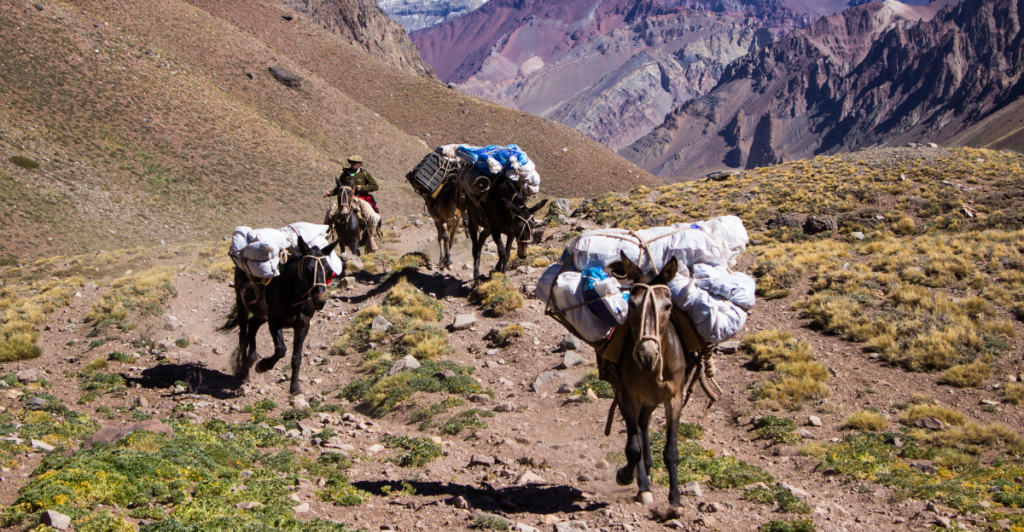
Mules were used for more logistical purposes than their other four-legged friends. Because they were well-adapted to the heat and terrain of the South, they played an important role in the day-to-day life of war. They were indispensable when it came to transporting ammunition and supplies and even pulling wagons of wounded or fallen soldiers.
5. Cats
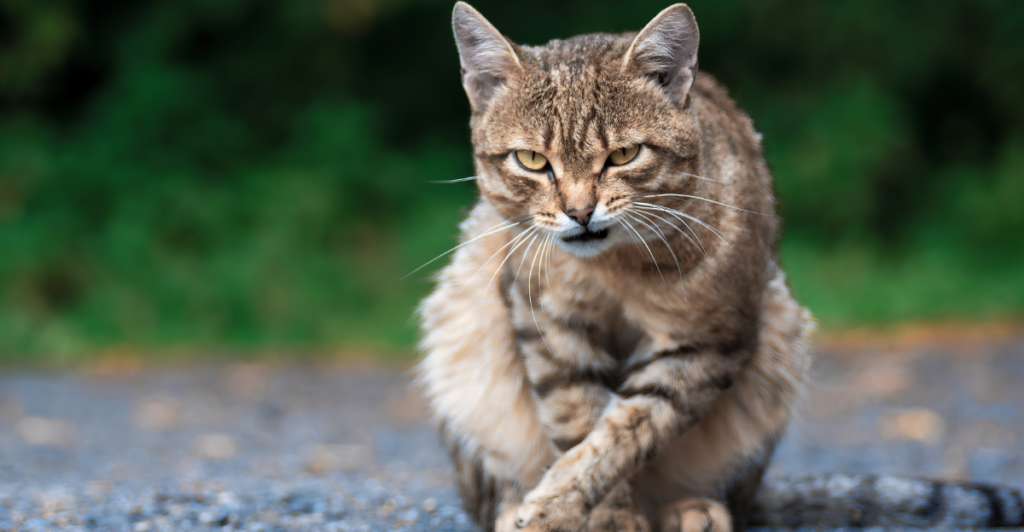
Cats have been used in war for centuries, and the Civil War was no different. Not only serving to provide companionship or as a regiment mascot, cats were also seen as the protectors of food. They were often found roaming camps and naval ships in order to control rodents, such as rats and mice, that were known to contaminate food.
6. Pigs and Chickens
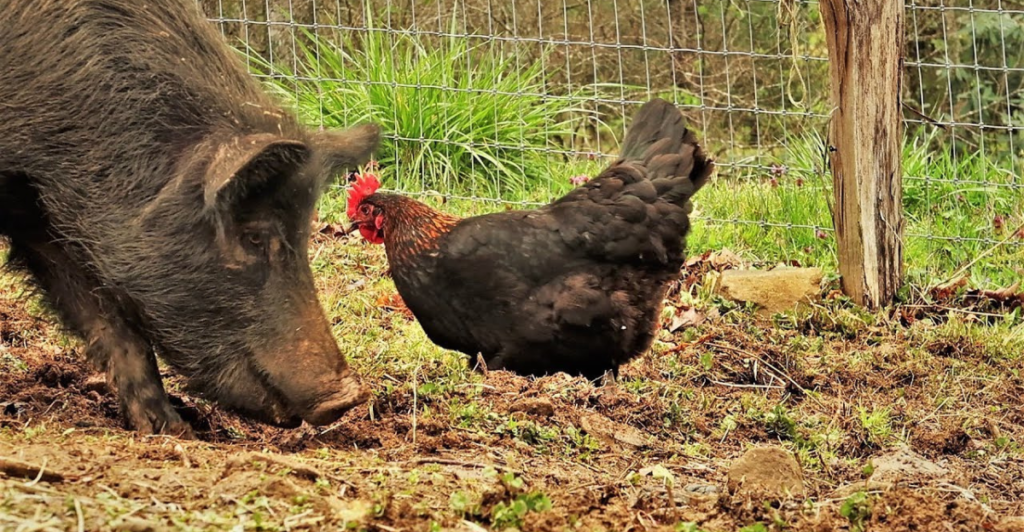
Pigs and chickens, like cattle, were taken, kept, and transported from local farms where armies were stationed as vital food sources, supplying much-needed protein to sustain the armies during prolonged campaigns. The chickens were valuable not only for their meat but also for the eggs they produced.
7. Dogs as Morale Boosters
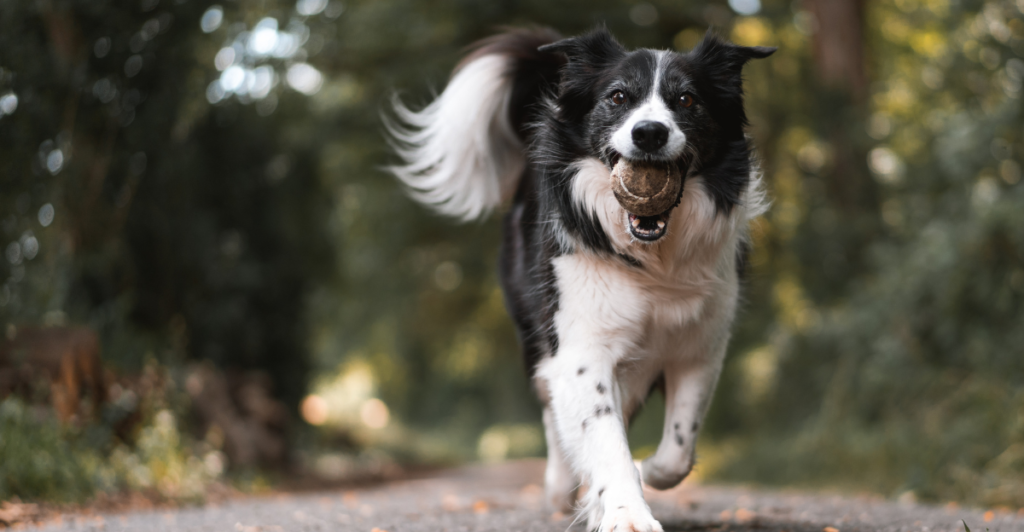
While keeping pets was against the rules during wartime, both Union and Confederate armies were known to have dogs at their camps for companionship and as mascots to boost morale. Additionally, they served another purpose: as war dogs to carry messages between camps and as guards to alert troops to unforeseen dangers.
8. Camels
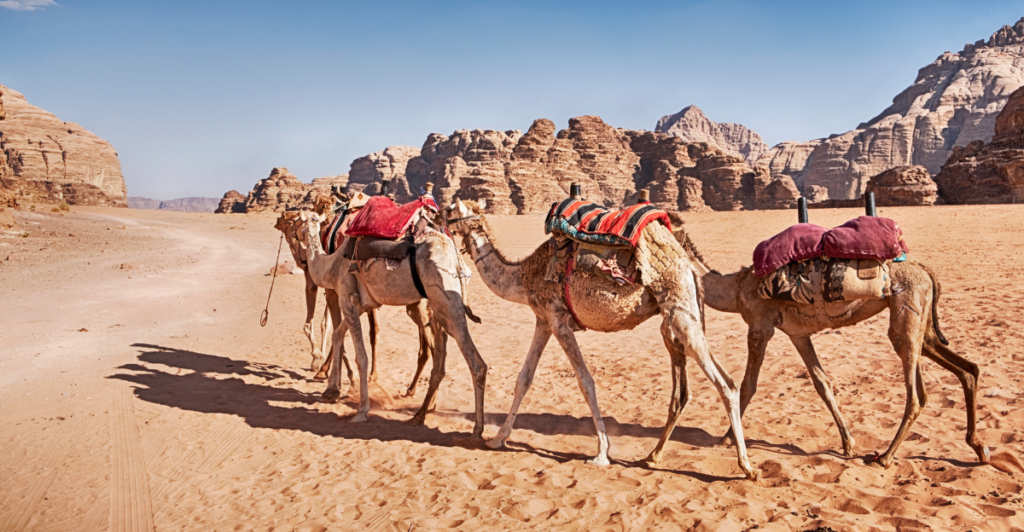
Camels were used as an experiment in specific regions, particularly in the southwestern theaters, where their ability to endure harsh conditions was valuable. For example, Old Douglas, a camel with the 43rd Mississippi Infantry, was used as a mascot but also helped carry instruments and supplies. This experiment with exotic animals during wartime was an experimental phase in military logistics that was both innovative and tragic.
9. Oxen in Warfare
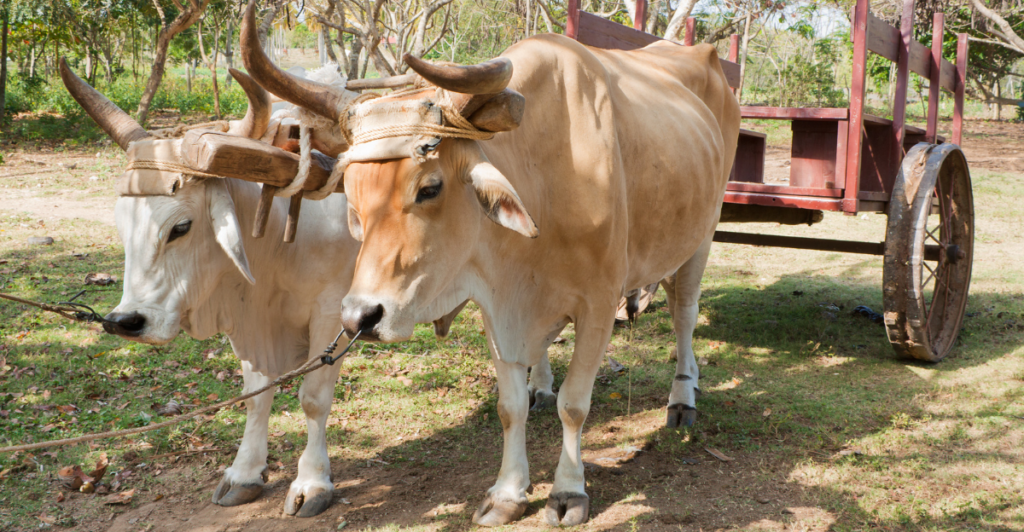
While less documented, oxen were used for heavy labor, especially in areas where roads were poor, due to their strength, which made them reliable for transporting artillery and supplies over long distances. In addition to their uses in transportation, they were also used for their meat to sustain troops.
10. Animal Mascots
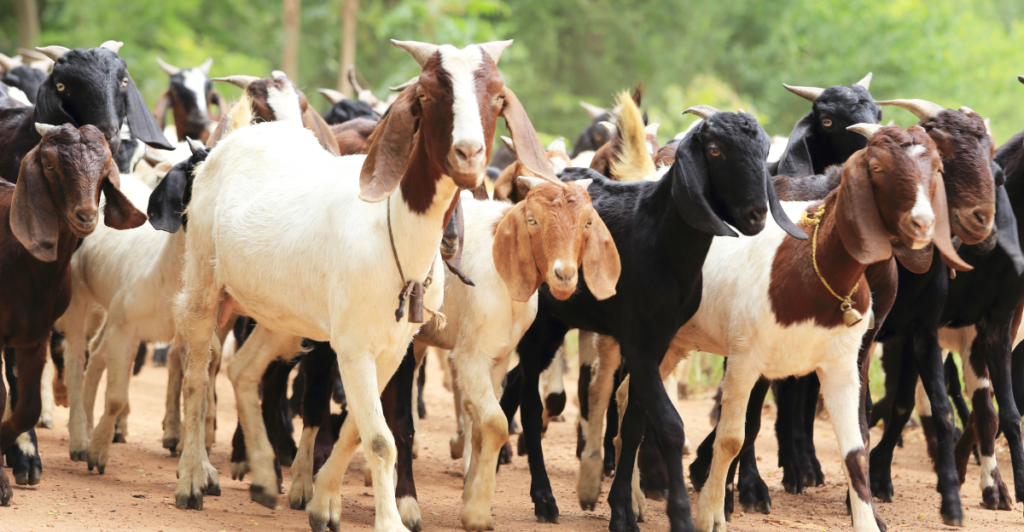
Many camps and regiments kept a variety of animals (other than traditional animals such as dogs and cats) as mascots to boost morale and provide soldiers with companionship. For example, goats, raccoons, badgers, a bald eagle, a hen, and even a bear were kept as mascots and pets, offering soldiers a sense of normalcy and joy amidst the chaos of war.
Animals are Heroes in War
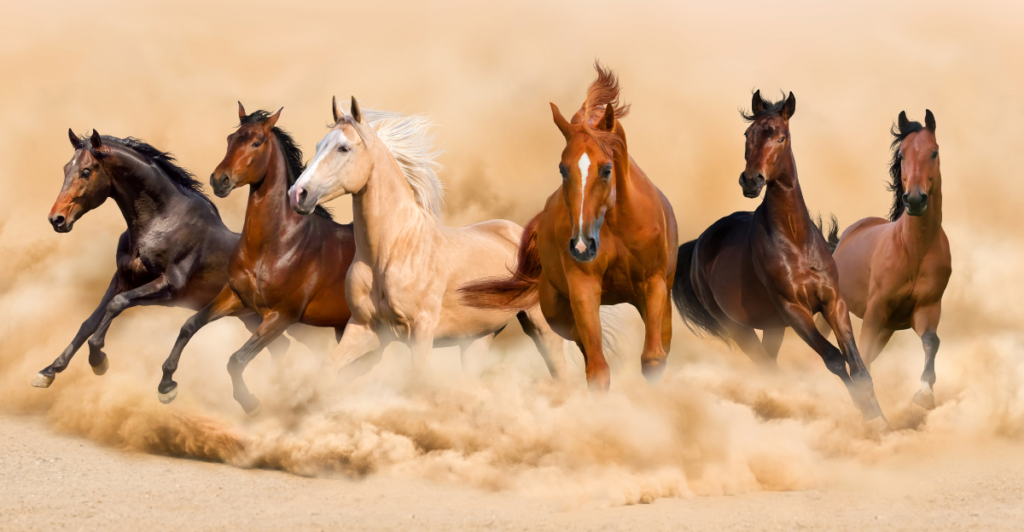
From the above, we can see that animals have always played an important role in sustaining troops, keeping up morale, and making things behind the front lines run more smoothly. Through their diverse roles and unwavering service, animals have left an indelible mark on the Civil War, showcasing the profound bond between humans and animals, especially during times of conflict.
Explore more of our trending stories and hit Follow to keep them coming to your feed!

Don’t miss out on more stories like this! Hit the Follow button at the top of this article to stay updated with the latest news. Share your thoughts in the comments—we’d love to hear from you!







